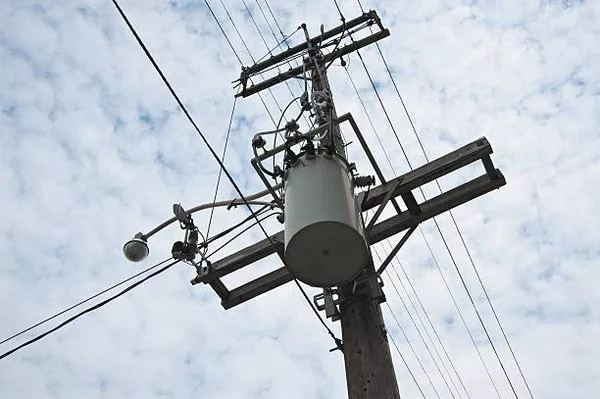Electrical transformers play a pivotal role in the efficient and reliable transmission of electrical energy across power systems. These devices are indispensable components in the modern electrical infrastructure, facilitating the distribution and utilization of electricity across various voltage levels. The main function of an electrical transformer is to transform voltage levels, thereby ensuring the seamless and safe transmission of power from the source to end-users.
Basic Principles of Electrical Transformers:
At its core, an electrical transformer operates on the principles of electromagnetic induction, discovered by Michael Faraday in the 19th century. The fundamental idea is to transfer electrical energy from one circuit to another through a magnetic field. A typical transformer consists of two coils of wire, known as the primary and secondary windings, which are wound around a common magnetic core. The primary winding is connected to the power source, while the secondary winding is connected to the load.
Voltage Transformation:
The primary function of an electrical transformer is to alter the voltage level of the electrical energy it receives. Transformers are classified into two main types: step-up transformers and step-down transformers. A step-up transformer increases the voltage from the primary winding to the secondary winding, while a step-down transformer decreases the voltage.
In power transmission systems, high-voltage transmission lines are used to minimize energy losses over long distances. Step-up transformers are employed to increase the voltage before transmission, reducing current and, consequently, minimizing energy losses. At the destination, step-down transformers lower the voltage to a level suitable for distribution and eventual use by consumers.
Current Transformation:
While transformers primarily focus on voltage transformation, they also influence current levels. According to the transformer equation (V₁ * I₁ = V₂ * I₂), where V represents voltage and I represents current, the product of voltage and current remains constant in an ideal transformer. Therefore, when voltage increases (as in a step-up transformer), the current decreases, and vice versa.
See also What Is Inside A Transformer On A Telephone Pole
Efficiency and Energy Transfer:
Efficiency is a critical aspect of transformer operation. Ideally, transformers should transfer electrical energy from the primary winding to the secondary winding with minimal losses. However, some energy is dissipated as heat due to the inherent resistance of the transformer windings and the magnetic core. Design considerations, including the choice of materials and construction techniques, are crucial in minimizing these losses and enhancing overall efficiency.
Isolation and Safety:
Transformers provide electrical isolation between the primary and secondary circuits. This isolation is crucial for safety, preventing the direct transmission of high voltages to end-users. It also helps in mitigating the impact of faults in one part of the system on the rest of the electrical network.
Types of Transformers:
Various types of transformers cater to specific needs within the power system. Distribution transformers, for instance, are designed for lower voltage levels and are commonly used in residential and commercial areas. Power transformers, on the other hand, handle higher voltage levels and are integral components of transmission systems. Additionally, special-purpose transformers exist for specific applications, such as instrument transformers used for measuring voltage and current levels accurately.
Smart Grid Integration:
As power systems evolve, transformers are becoming increasingly integrated into smart grids. Smart transformers, equipped with advanced monitoring and communication capabilities, enable real-time data collection and remote control. This integration enhances the overall efficiency, reliability, and resilience of power distribution networks.
Challenges and Innovations:
While transformers have been indispensable to the functioning of power systems, challenges such as aging infrastructure, environmental concerns, and the need for increased energy efficiency have spurred innovations in transformer technology. Researchers and manufacturers are exploring materials with higher magnetic permeability, advanced cooling techniques, and smart grid integration to address these challenges and improve the overall performance of transformers.
Conclusion:
In the intricate web of electrical power systems, electrical transformers stand as silent workhorses, ensuring the smooth and efficient transfer of energy across different voltage levels. Their fundamental role in voltage transformation, current regulation, and safety isolation is paramount for the reliable functioning of power grids worldwide. As technology advances, transformers continue to evolve, embracing innovations that enhance efficiency, reduce environmental impact, and contribute to the development of smarter and more resilient electrical infrastructure. The importance of understanding the main functions of electrical transformers cannot be overstated, as it underpins the foundation of modern electricity transmission and distribution systems.

